- Lab-STICC
- Calendar
- Numerical simulation of electromagnetic waves
Numerical simulation of electromagnetic waves
-
Two scientific presentations about numerical simulation of electromagnetic waves will be presented at IMT Atlantique (room C02-113)
TLM Local Mesh-Refinement Scheme Based on N-port Network Representation and Conference-Matrix Connection Topology
Presented by Michel Ney (Lab-STICC/SYPH/PIM) in collaboration with A. IJJEH, M. CUEILLE, J.-L. DUBARD, Université Côte d'Azur, CNRS, LEAT.
This presentation concerns an optimal connection topology to model the voltages-exchange at the interface between different sub-grids in non-structured TLM meshes. As a first step, the derivation –using Kirchhoff's circuit laws- of these voltages-exchange equations between two subdomains with an arbitrary meshing ratio and a specific connection topology is presented. Using the TLM circuit based principle for which fields are computed at every timestep from traveling voltages, ideal transformer connections are used to exchange these voltages across interfaces. Preliminary results show that the accuracy is connection dependent. In fact, although lossless and non-dispersive, the corresponding multiport device is not matched. From the generalized multiport theory, it was found that S-matrix of an N-port network that processes all desired properties for an ideal interface can be generated without circuit design procedure namely, by using a Conference Matrix or C-Matrix. In contrast to previous approaches, S-matrix elements are derived directly from its properties and no concrete physical representation is required. Moreover, the stability is ensured since all eigenvalues of the optimal S-matrix are located on the unit circle. Simulated comparisons are presented between the different approaches and results show the superior performance by using the C-matrix generation. However, these C-Matrices exist only for odd mesh ratios. On-going work is on the extension to arbitrary mesh ratios and the stability of the procedure when local timesteps are used.
Simulations of quasi-optical systems at sub-millimetric bands
Présented by Gregory Gaudin (Lab-STICC/SYPH/PIM
This presentation will cover the research done in the frame of a PhD thesis, in the context of Non-Destructive Test (NDT) through THz imagery (in collaboration with Terakalis located in Montpellier) and material characterization at millimetric and sub-millimetric bands. The test bench located at the MO department (IMT Atlantique) will be simulated and be used to acquire experimental data, with the use of a collaborative robot (cobot). Since the system sizes are wide with respect to the wavelength, traditionnal simulation tools require too much computationnal power and time to be used for system design purpose.
A method derived from the work of the University of Paul Sabatier (Toulouse III) is used to expand an arbitrary electromagnetic field into a set of Gaussian Beams. Those beams are then tracked inside the quasi-optical system and summed in order to compute the field at each point of 3D space. Those simulations will be used to determine the optimal experimental set-up and subsequently improve the performances of the test bench. They will also allow us to design parts of a multi-source THz imager for NDT.
